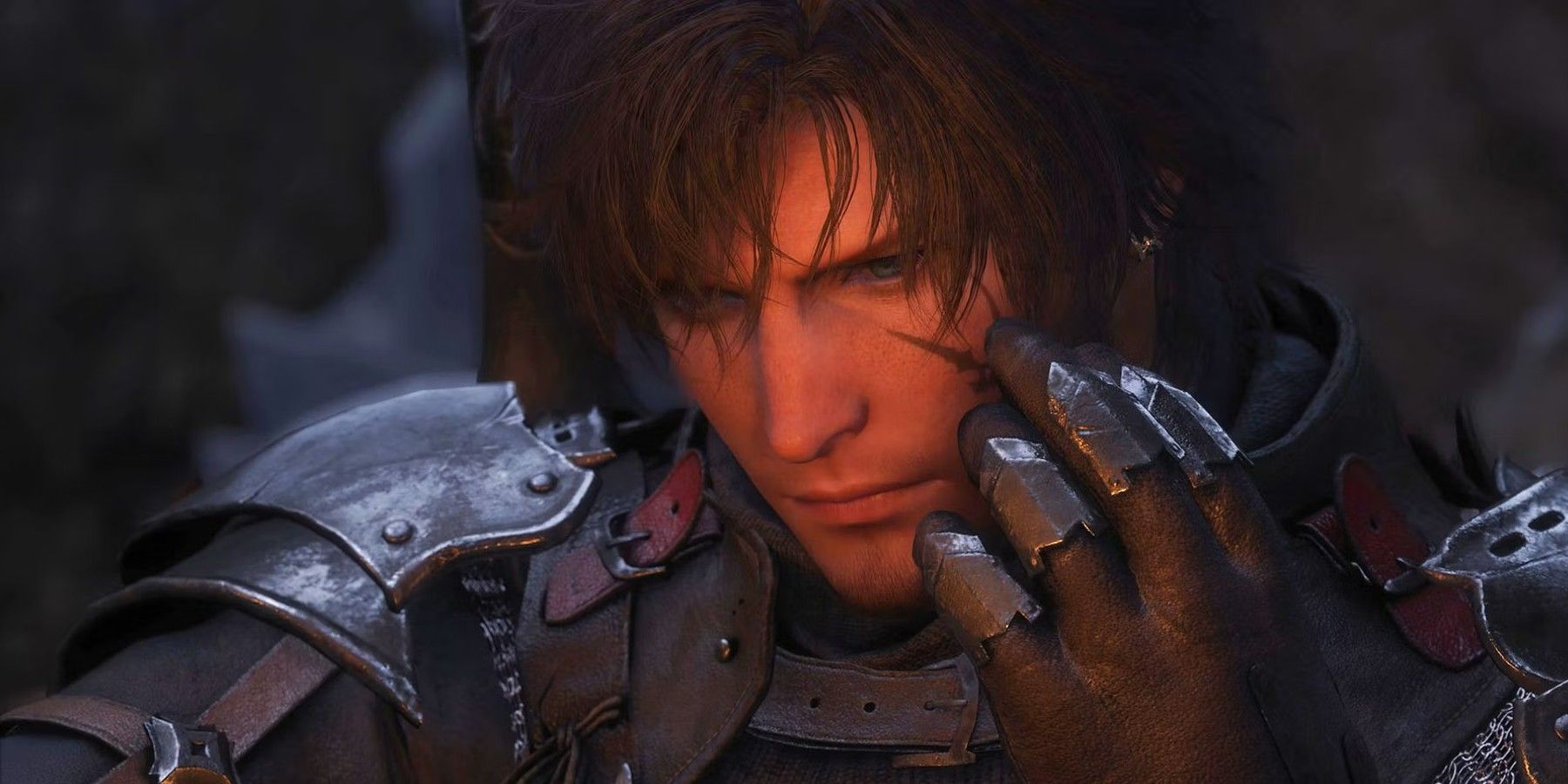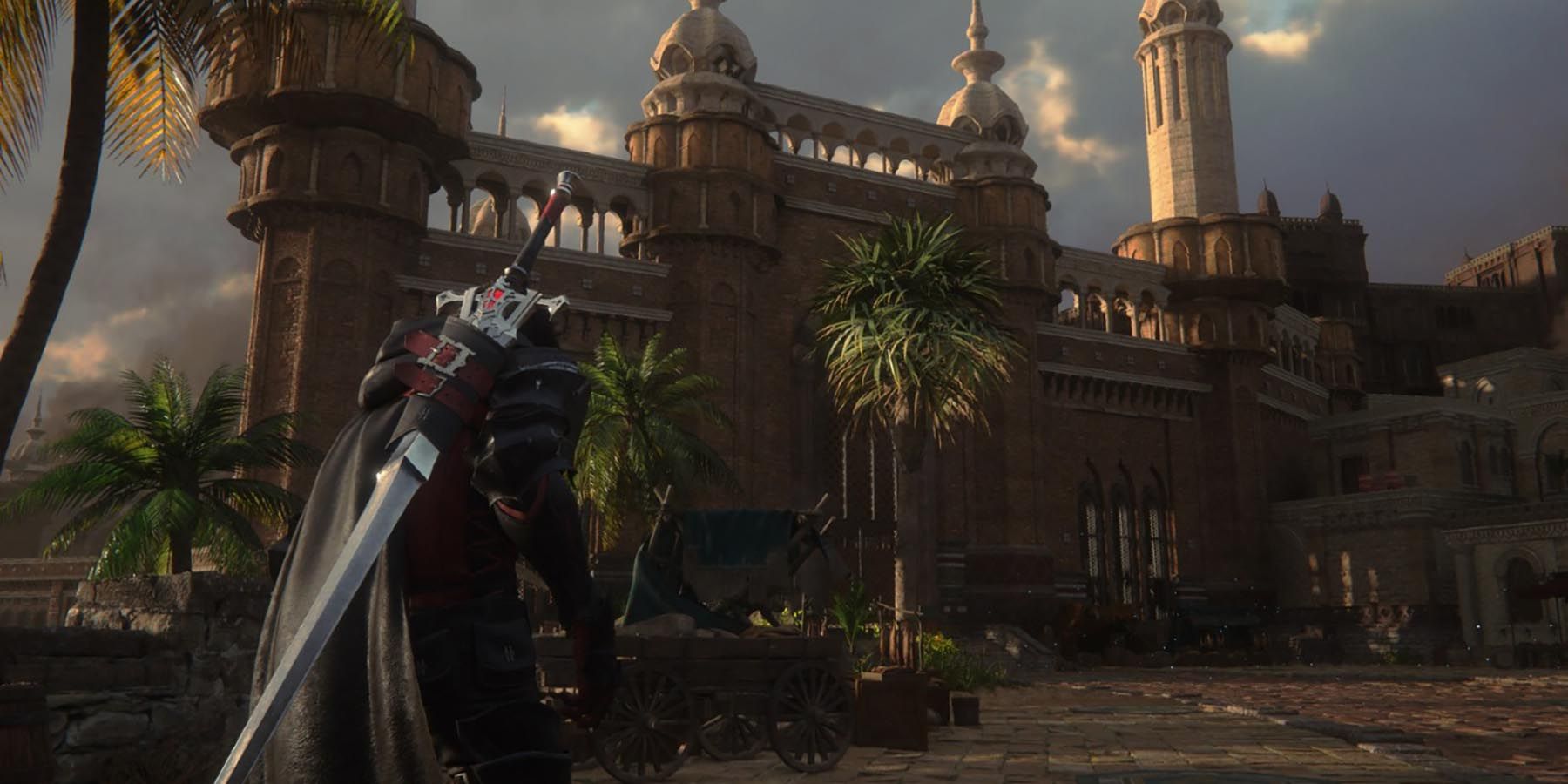With the release of Final Fantasy 16 now less than a year away, the developers are revealing more about the game and its world. The recent story trailer for Final Fantasy 16 gave players more of a look into the world of Valisthea and the different countries caught in this fantastical struggle for power. From what people have seen, it is a world very much inspired by western European fantasy, much like the Final Fantasy games set in Ivalice. Final Fantasy 16 is going to have a setting similar to the likes of Game of Thrones, but its approach to fantasy has raised questions about diversity and representation.
The producer of Final Fantasy 16, Naoki Yoshida, recently participated in an interview where he discussed more about the game's world. In the interview, a question was brought up about the diversity among the game's characters. In all the trailers for Final Fantasy 16, the majority of characters are white with seemingly no representation from people of color. Yoshida's response was an explanation that the setting for Final Fantasy 16 was inspired by medieval Europe and not something on a global scale. He further explained that such a setting would realistically not be as diverse as the real world and a more ethnically diverse cast of characters would clash with the game's narrative.
Final Fantasy 16's Medieval European Setting Is Not A Good Excuse
While the story that Final Fantasy 16 is telling is obviously set in a fantastical world, much of the world is going to be grounded in reality. The team behind Final Fantasy 16 wants to incorporate the standards of medieval Europe as best they can into Valisthea. That means taking heavy inspiration from historical, cultural, political, and anthropological standards that were prevalent at the time. While realism is an admirable goal, there are other parts of the game that already conflict with Square Enix's realistic standard.
The English dub of the game is meant to display Final Fantay 16's European inspiration. The decision to use primarily British accents and no American accents in Final Fantasy 16 is one of the design decisions that is supposed to channel the game's medieval European roots. However, if the team behind Final Fantasy 16 is using a less globalized setting as an excuse for not having an ethnically diverse cast, then the British accent seems like a major restriction on a supposedly broad European setting. Europe has a wide variety of languages, accents, and dialects that Square Enix could've tapped into. Not only that, but medieval Europe also had more skin colors than white.
The ethnic diversity of medieval Europe should, in theory, extend to Valisthea. There are a number of environments that should affect how characters look, particularly the Dhalmekian Republic. Final Fantasy 16's Dhalmekian Republic is set in a mountainous region with vast deserts. Such a region should have people of color present, but the only character from the Dhalmekian Republic is a white man. Ignoring the fact there were not many deserts in medieval Europe, a setting like that in Final Fantasy 16 should include people of color that come from some of those environments in real life.
It is unfortunate that the belief that there were no people of color in medieval Europe is still a prevalent talking point. Naoki Yoshida and his team legitimately seem like they wanted to stay true to how medieval Europe was without offending anyone, but it simply isn't accurate to history. Final Fantasy 16 and its world look like they will offer an interesting narrative, but it is disappointing that there is little representation for people of color in the game.
Final Fantasy 16 will launch in 2023 for PS5.


